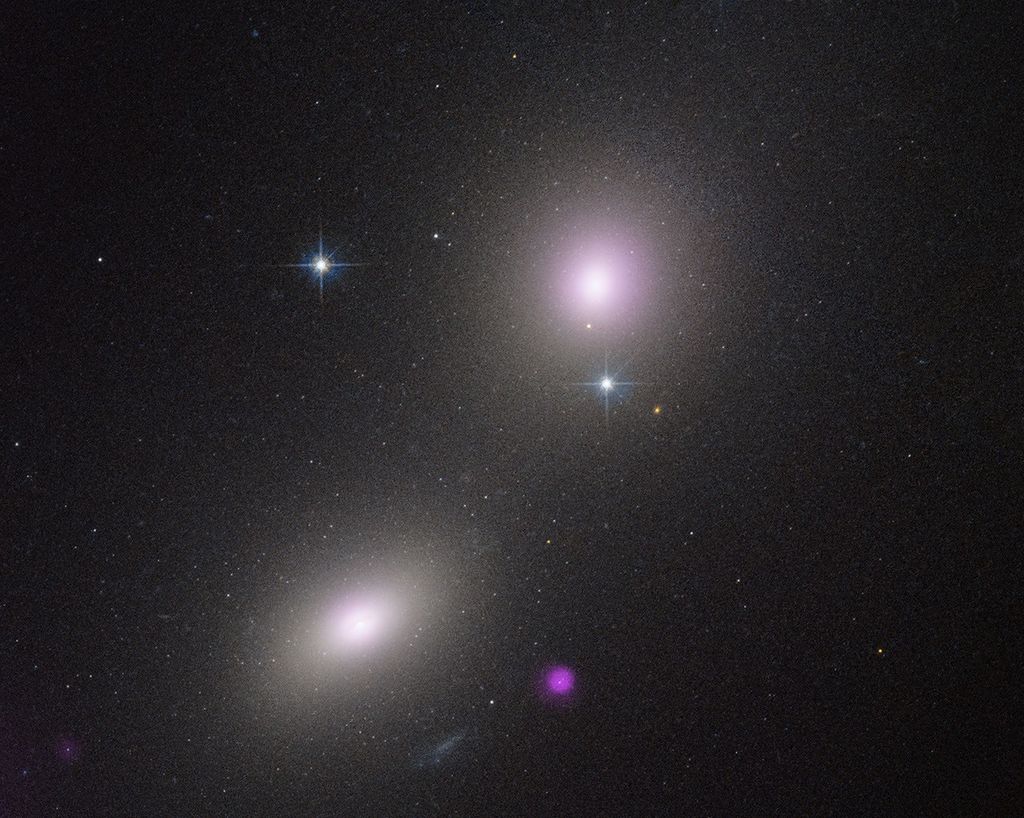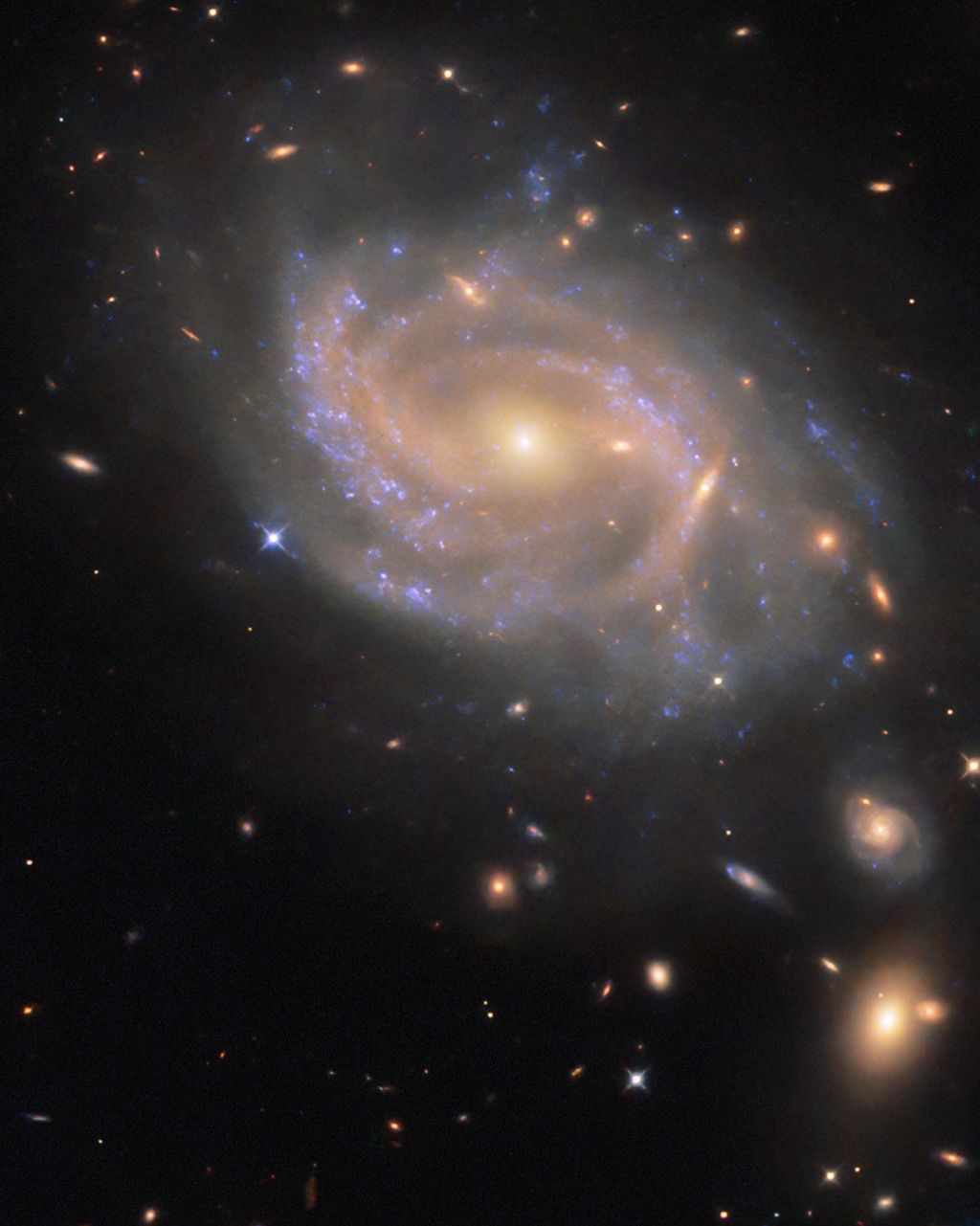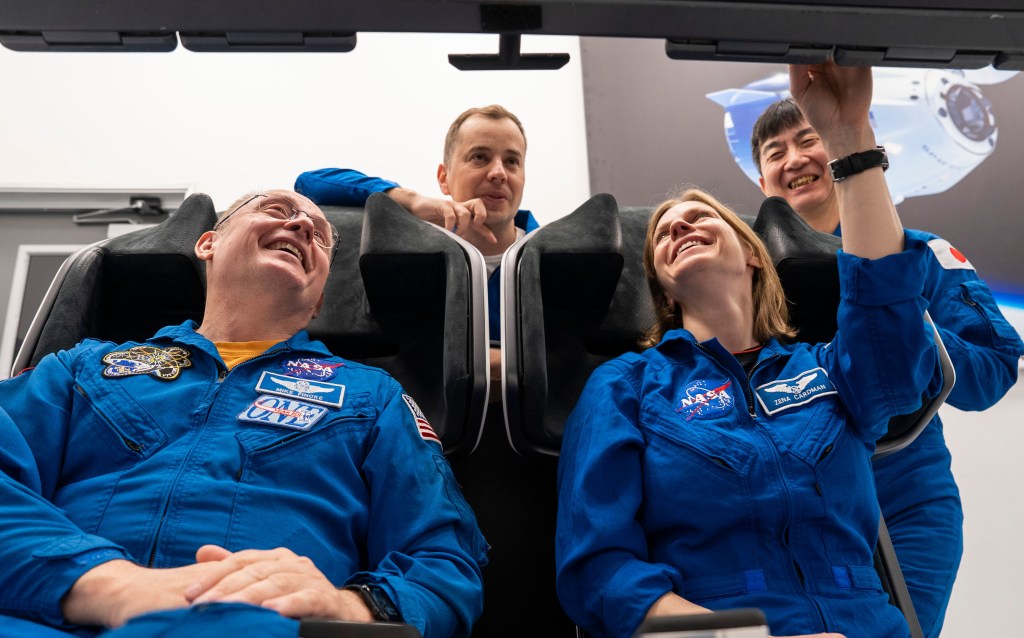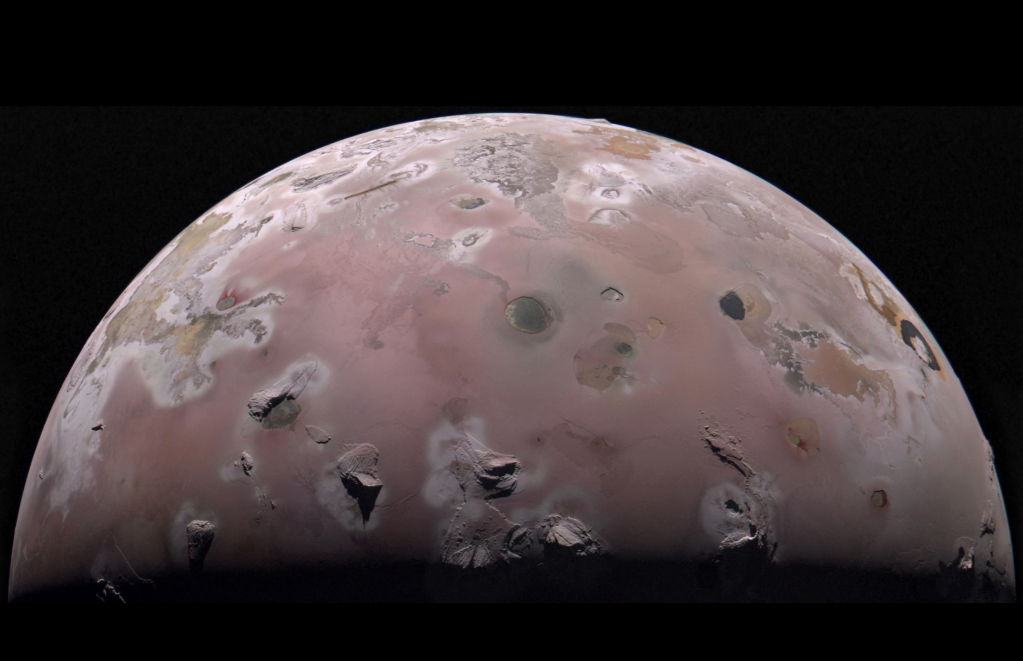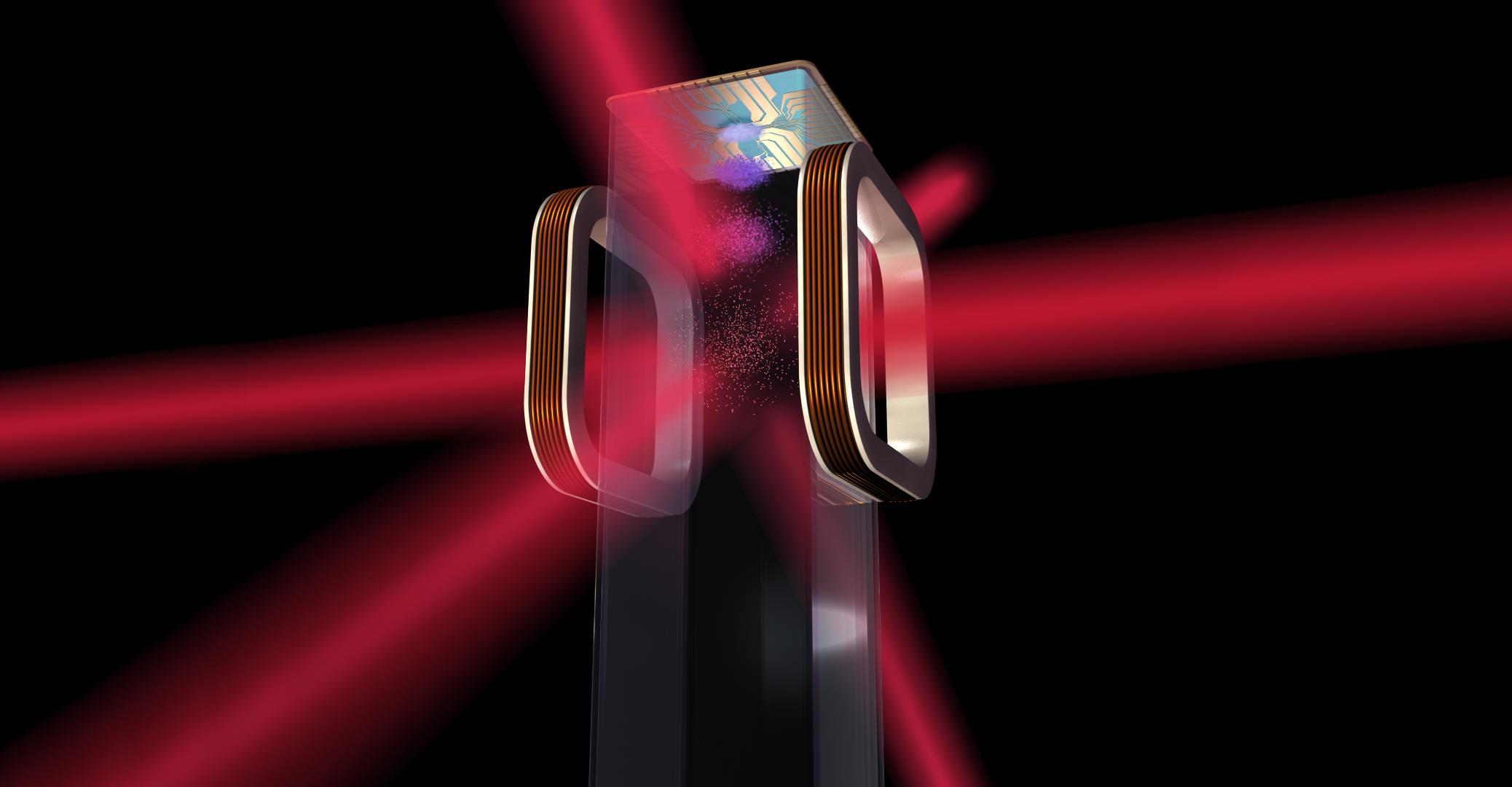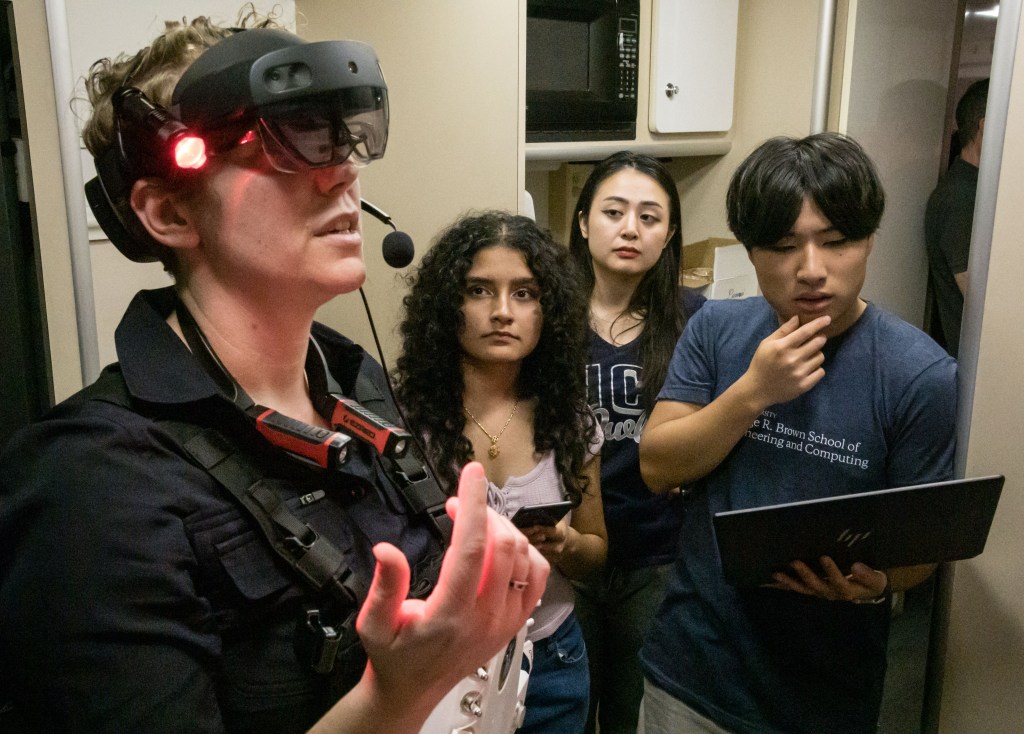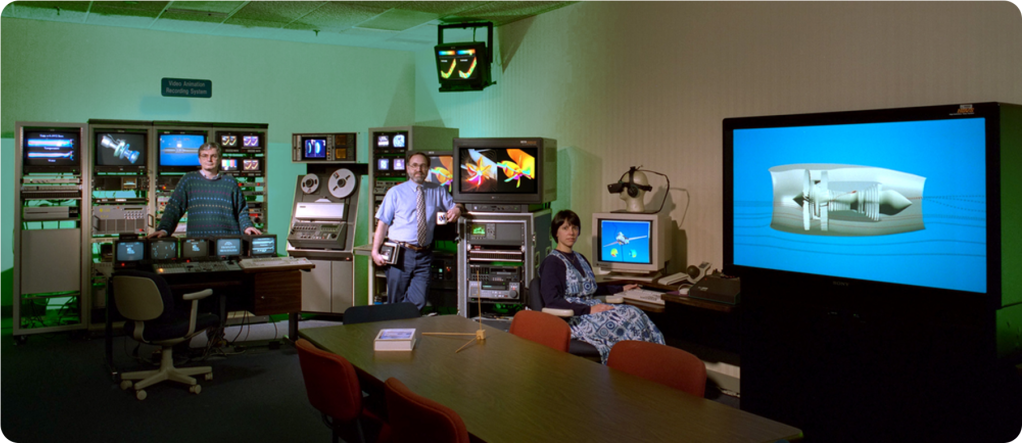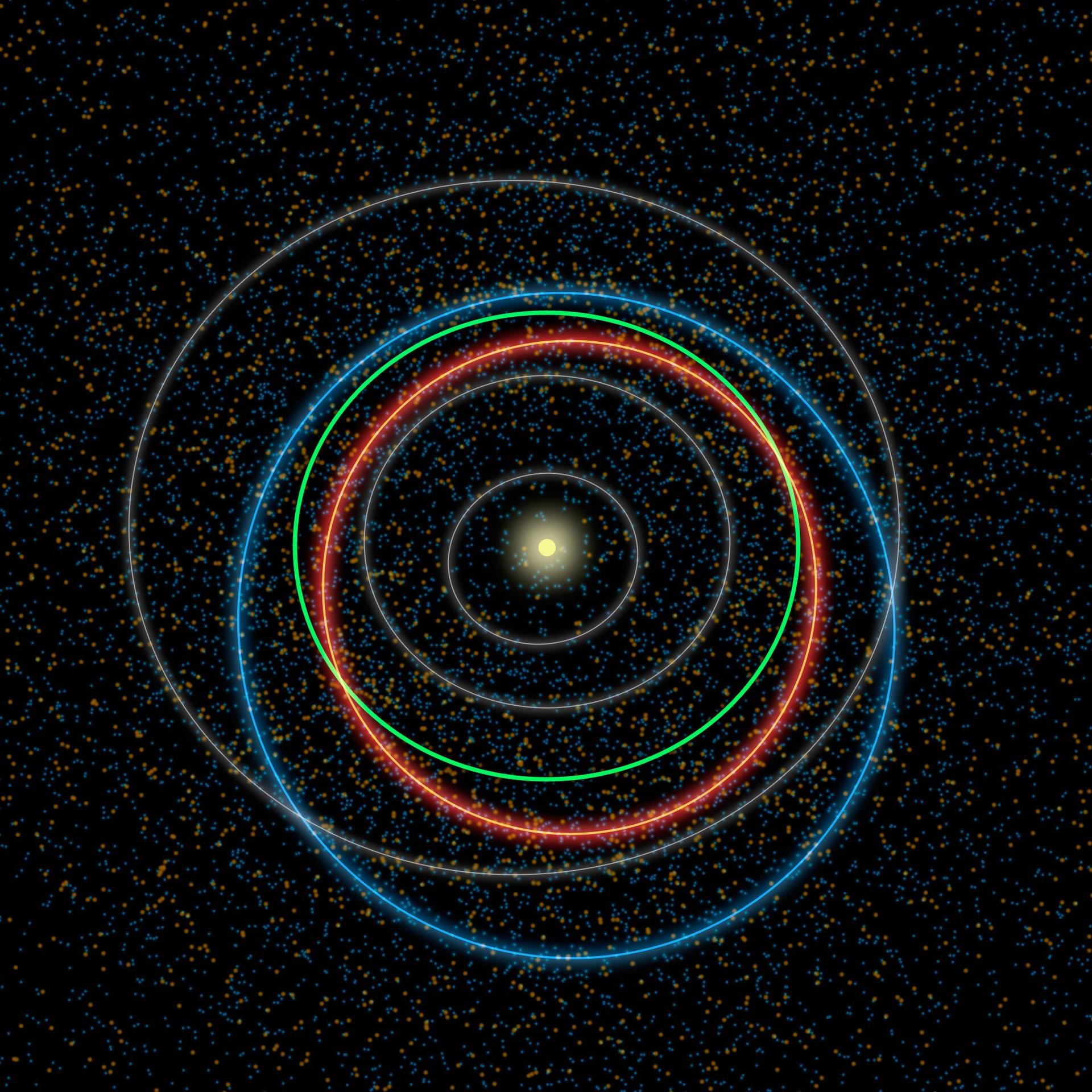
The Hustle and Bustle of our Solar System
Results from NASA's NEOWISE survey find that more potentially hazardous asteroids, or PHAs, are closely aligned with the plane of our solar system than previous models suggested. Earth's orbit around the Sun is marked in green, the orbits of Mercury, Venus, and Mars, extending outward from the Sun, are gray. The blue orbit represents a typical near-Earth asteroid, while orange is a typical orbit for a PHA – which come within 5 million miles (about 8 million kilometers) of Earth, and are larger than 330 feet (100 meters). NEOWISE has provided the best overall look at the PHA population yet, refining estimates of their numbers, sizes, types of orbits and potential hazards. The dots in the background are based on data from NEOWISE, and simulate the population of near-Earth asteroids (blue) and PHAs (orange). The NEOWISE team estimates that about 20 to 30 percent of the PHAs thought to exist have actually been discovered to date.
- X

